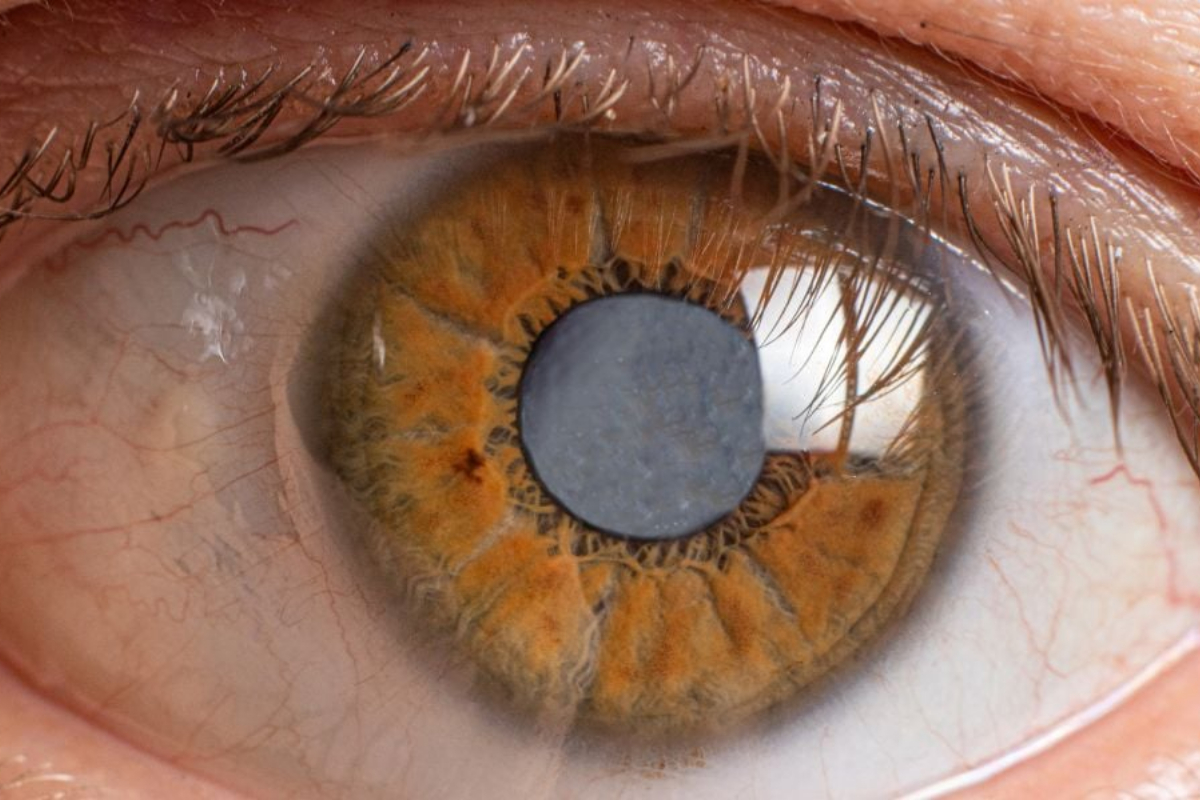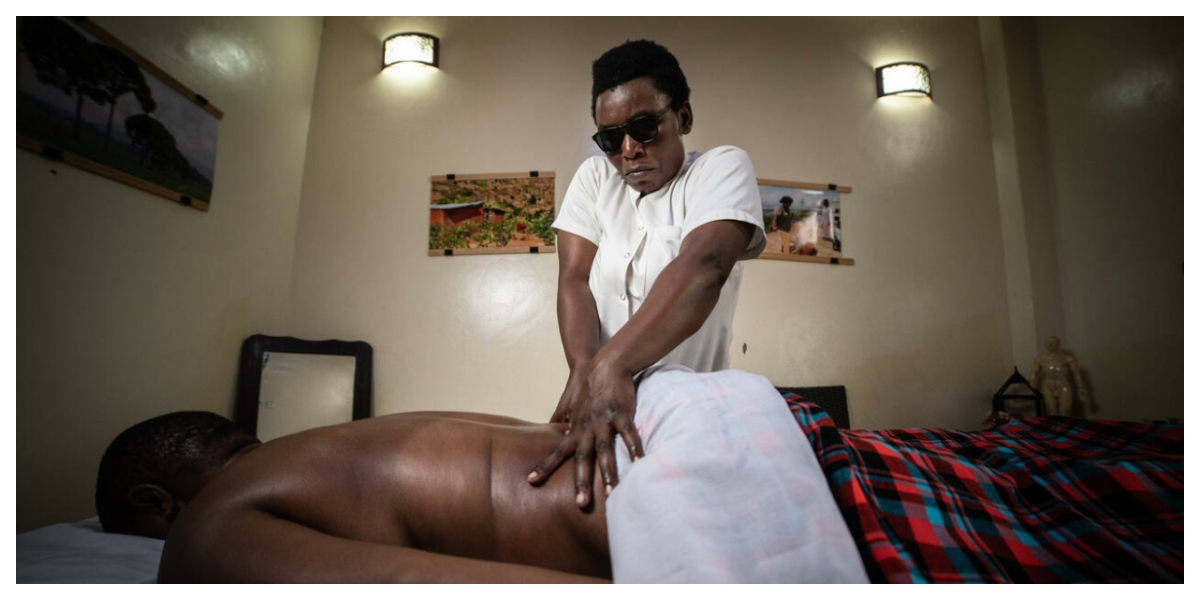- Glaucoma refers to as the “silent thief of sight”.
- It rarely manifests any symptoms and once eyesight is lost, it can’t be regained.
- It is one of the primary causes of irreversible blindness.
Glaucoma is frequently referred to as the “silent thief of sight” because it rarely manifests any symptoms and once eyesight is lost, it cannot be regained. It is one of the primary causes of irreversible blindness. Glaucoma is brought on by the accumulation of aqueous humor, a fluid in the eye that increases intraocular pressure (IOP). A high IOP-induced optic nerve damage leads to vision loss. This Awareness Month, let’s look more closely at glaucoma’s causes and ways to avoid it so that everyone can have healthy eyesight.
Even while it affects adults more frequently, glaucoma may strike infants and kids as well. Congenital glaucoma appears at birth, whereas infantile glaucoma develops over the first three years of life. Juvenile glaucoma, a distinct form of glaucoma, can have an impact on children. Infants and young toddlers may exhibit distinct glaucoma indications and symptoms than do adults.
Inadvertent use of steroidal eye drops for various allergic eye conditions is the most frequent cause of childhood glaucoma. Blinding glaucoma may result from using these eye drops. Because a child’s eyes are so delicate, it is crucial to see an eye specialist even for the smallest eye condition. It is referred as as secondary glaucoma when a specific ailment or disease contributes to or is linked to glaucoma.
Symptoms of Glaucoma in Children
The kind and stage of a person’s glaucoma determine their specific symptoms. One eye or both may be affected by glaucoma.
Congenital/infantile glaucoma is most frequently characterized by severe eye watering, light sensitivity, and a wide clouded cornea that can make the iris appear dull. Contrarily, unlike adult glaucoma, juvenile glaucoma frequently begins without any overt symptoms. Patients who suffer juvenile glaucoma frequently have a family history of the disease. During an examination, the eye pressure is usually increased and there may be cupping of the optic nerve. Rapid rises in ocular pressure could cause pain and discomfort.
Some individuals may experience vague symptoms, such as headache, wet eyes, or the perception of a colorful halo, that are similar to other eye issues or medical illnesses. Parents and other care takers should keep an eye out for these signs and schedule an appointment with an ophthalmologist very away.
Prevention and Risk Factors:
There are techniques to stop glaucoma from leading to blindness and vision loss. This is how:
Getting routine comprehensive eye exams is the greatest approach to guard against glaucoma and preserve one’s vision. Numerous glaucoma types show no symptoms at all. It is crucial to have yearly eye exams that involve monitoring intraocular pressure if a child is at risk for glaucoma. Early detection will benefit from this. It’s crucial to take your glaucoma meds exactly as your physician has advised.
- A balanced diet can help prevent a variety of chronic illnesses, and glaucoma is no exception.
- Glaucoma can result from eye damage. When playing sports or as needed, it is advised to use protective eyewear.
- Ocular pressure can increase as a result of vigorous exercise that increases heart rate. However, frequent moderate-intensity exercise and walking can lower ocular pressure and enhance general health.
- Avoid keeping your head below your heart for extended periods of time if you have glaucoma or are at high risk of developing the condition. The ocular pressure can be greatly increased in head-down situations. It’s crucial to sleep in the proper position as well. Avoid resting your head on your arm or with your eye on the pillow during night.
Treatments
Treatment for glaucoma may involve either medication, surgery, or both. Surgery is frequently the first course of treatment for infants and young children to prevent long-term vision problems. The purpose of surgery is to correct the drainage problem and restore normal fluid drainage from the eye. There are several different surgical options. Based on a number of variables, including the underlying nature of the condition, the ophthalmologist chooses the best procedure that is suitable for the patient. Today’s surgical alternatives include trabeculotomy and goniotomy, both of which have the best success rates. Trabeculectomy, combined trabeculotomy, and trabeculectomy and glaucoma drainage devices are a few further techniques. The better the outcome, the earlier the procedure is done.
The last option for a painful, blind eye that has not responded to earlier treatments is cyclophotocoagulation. Surgery of this kind is carried out in cases of severe paediatric glaucoma.
The ophthalmologist will choose the best course for this disease treatment for the child depending on the child’s age, general health, medical history, the severity of the condition, their tolerance for particular drugs, surgeries, or therapies, among other things. As they age, children who have been diagnosed with paediatric glaucoma are more likely to experience other eye conditions. Therefore, it is essential for long-term eye health to receive early diagnosis, treatment, and vigilant monitoring.
[embedpost slug=”know-yourself-test-color-of-your-eyes-reveals-your-personality/”]


